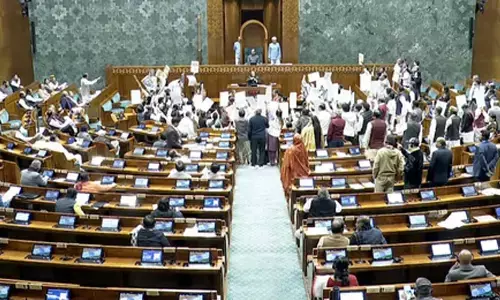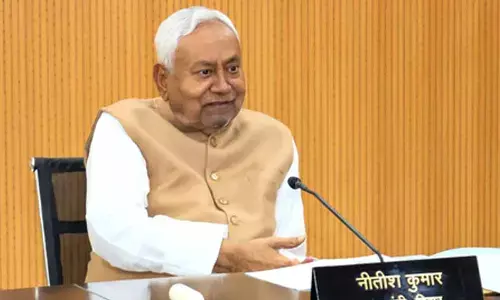A case for brevity in our courts

A case for brevity in our courts
As a writer, it is important not only to think about what you say, but how you say it.
As a writer, it is important not only to think about what you say, but how you say it. To communicate effectively, it is not enough to have well-organised ideas expressed in complete and coherent sentences and paragraphs. One must also think about the style, tone and clarity of his/her writing, and adapt these elements to the reading audience.
Analysing one's audience and purpose is the key to writing effectiveness. In order to choose the most effective language, the writer must consider the objective of the document, the context in which it is being written, and who will be reading it. There are six main characteristics of effective language. Effective language is: concrete and specific, not vague and abstract; concise, not verbose; familiar, not obscure; precise and clear, not inaccurate or ambiguous; constructive, not destructive; and appropriately formal.
The Supreme Court faces a huge dilemma sometimes in comprehending the judgments of the lower courts. In recent times, this has happened often with the High Court of Himachal Pradesh. It has once again taken exception to a judgment by the Himachal Pradesh High Court for the incomprehensible language employed by the Court in a judgment.
A Bench of Justices K M Joseph and P S Narasimha said that it might have to send the matter back to the High Court with a direction to rewrite the judgment. The Bench asked "is this in Latin. We may have to send it back to the High Court for it to be rewritten." The Bench proceeded to adjourn the matter while contemplating sending the order back to the Himachal Pradesh High Court to be re-written. The case will be heard further on January 24.
The judgment in question was authored by Justice Sureshwar Thakur of the High Court on December 20, 2017. This is not the first time that the High Court of Himachal Pradesh had seen this. This is the fourth time. In April 2017, a Supreme Court Bench of Justices Madan Lokur and Deepak Gupta set aside a judgment of the Himachal Pradesh High Court because of the complicated sentences used in the judgment. "We will have to set it aside because one cannot understand this," the Supreme Court had said when remanding the matter back to the High Court. It had asked the High Court to rewrite the judgment. That judgment too was authored by the same Justice.
In another instance, a Bench of Justices A M Sapre and Indu Malhotra of Supreme Court had in December 2018 taken exception to the fact that the Himachal Pradesh High Court had devoted 60 pages to write an order for remanding a matter back to the first appellate court. "Brevity being a virtue, it must be observed as far as possible while expressing an opinion," the Supreme Court had said in its order. There was another judgment in March 2021 on similar lines forcing the Bench of Justices D Y Chandrachud and M R Shah to emphasise on the basis and reasons for the judgment.
Court judgments should, therefore, be in language which can be understood not only by lawyers but also citizens who approach courts, the Bench had emphasised. Hope, all courts understand it and simplify life for all.




















